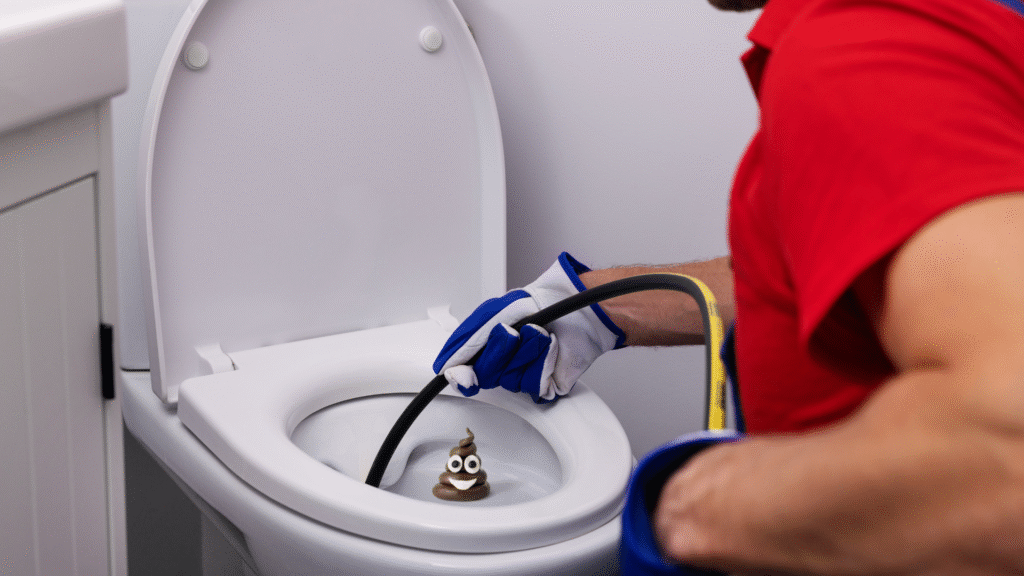
Let’s set the scene: You pull into your campsite, get all leveled up, hook up the sewer hose, twist off the cap—and BAM! You’re greeted by a mysterious (and slightly horrifying) trickle of… something. 😬 It seems there might be an issue with the black tank valve.
If you’ve ever had that unpleasant “uh-oh what’s that smell?” moment, congratulations—you’ve entered the world of leaky RV black and grey tank valves. Welcome to the club. It’s messy, but we have snacks. And gloves. Lots of gloves.
Here’s why it happens, how to troubleshoot it, and how to fix it without losing your mind (or your lunch).
🚽 First, What Are Black and Grey Tank Valves?
In your RV, you’ve got two main waste tanks:
- Grey tank = sink and shower water (soapy, not scary)
- Black tank = toilet waste (yep, that one)
Each tank has a valve—like a gate—that opens and closes to let the waste flow out when you’re dumping. When working properly, these valves seal everything in nice and tight. When they leak? Well… Houston, we have a problem.
💧 Why Are My RV Tank Valves Leaking?
There are a few usual suspects:
1. Gunk on the Valve Seal
Think of this like closing a sandwich bag with a piece of lettuce in the zipper. It just won’t seal right. Debris, toilet paper, or even dried-up waste can stop the valve from fully closing.
Symptom: Slow drip after dumping. Sewer cap removal becomes a game of “Will it splash?”
2. Worn Out Seals
Over time, rubber seals dry out, crack, or get flattened. RV life isn’t gentle, and neither is gravity + waste water + heat + chemicals.
Symptom: Constant leak even after cleaning. Like your tank is passive-aggressively leaking out spite.
3. Cable or Handle Issues
Some RV valves use cables or pull handles to open/close the gate. These can stretch, stick, or just plain break.
Symptom: You pull the handle, but it feels mushy. The valve’s like, “Nope.”
4. Improper Use (We’ve All Done It)
For example, leaving the grey tank valve open all the time (a soap-scummy mistake), or forcing a stuck valve shut. Hey, no judgment. Learning curves are part of the lifestyle.
🧪 Troubleshooting the Leak (A.K.A. Sewer Sleuthing 101)
Before you call the mobile tech or start crying in the campground, do some simple tests:
✅ Step 1: Cap Test
After you dump, leave the sewer hose off and put the cap back on. Wait a few hours or overnight. Remove the cap carefully and see if anything leaks out. If yes—yep, the valve isn’t sealing.
✅ Step 2: Check Which Tank Is Leaking
Fill only the grey tank or black tank and repeat the test. That’ll tell you which valve is the culprit.
✅ Step 3: Flush & Clean
Sometimes the fix is simple: a good tank flush can clear debris off the seal. Use a backflush attachment or a tank wand (aka “poo lightsaber”) to rinse thoroughly.
🔧 How to Fix a Leaky Tank Valve (Like a Sewer Jedi)
🧤 Step 1: Gear Up
You’ll need:
- Disposable gloves
- A bucket (trust me)
- Sewer cap with a garden hose fitting (to relieve pressure safely)
- Replacement valve kit
- Screwdriver, wrenches
- A strong stomach and maybe a strong drink afterward
🧰 Step 2: Try a Tank Additive First
Before jumping into surgery, try a tank treatment like Valterra Drain Valve Lube or Thetford Seal Conditioner. It can help rejuvenate rubber seals and stop slow drips.
🔧 Step 3: Replace the Valve
If the leak persists, it’s time to swap it out.
- Drain both tanks completely.
- Remove the bolts from the valve flange.
- Slide out the old valve (hold your breath).
- Clean all mating surfaces.
- Insert the new valve with new seals, bolt it back together.
- Test with water before hitting the road.
Pro tip: Some RVers keep a spare valve they can twist onto the sewer outlet to temporarily contain leaks. It’s like a diaper for your RV.
🚫 How to Prevent Leaky Valves in the Future
- Only use RV-safe toilet paper.
- Always flush the black tank thoroughly—don’t let it dry out or become the “Great Pyramid of Poo.”
- Don’t leave the grey tank open 24/7—it needs water buildup to help flush out gunk.
- Operate the valves gently. Don’t yank them like you’re starting a lawnmower.
Final Thoughts: Every RVer Has a “Leaky Valve” Story
If you haven’t yet—your time will come. But the good news? Once you fix it, you’ll feel like a rockstar. A slightly smelly, gloriously triumphant rockstar.
So keep those tanks clean, your gloves handy, and remember: the only thing worse than a leaky valve is ignoring it. Happy camping—and may your drains flow freely!
As an Amazon Associate we earn from qualifying purchases


















